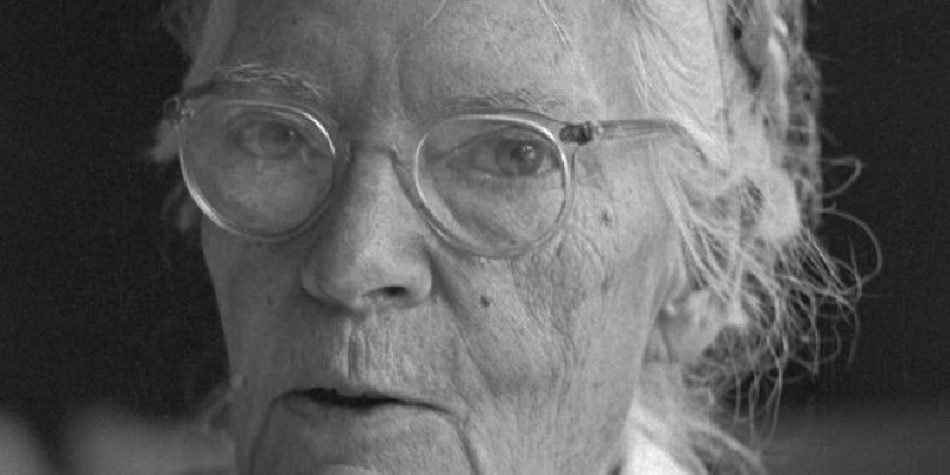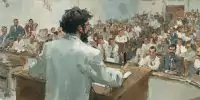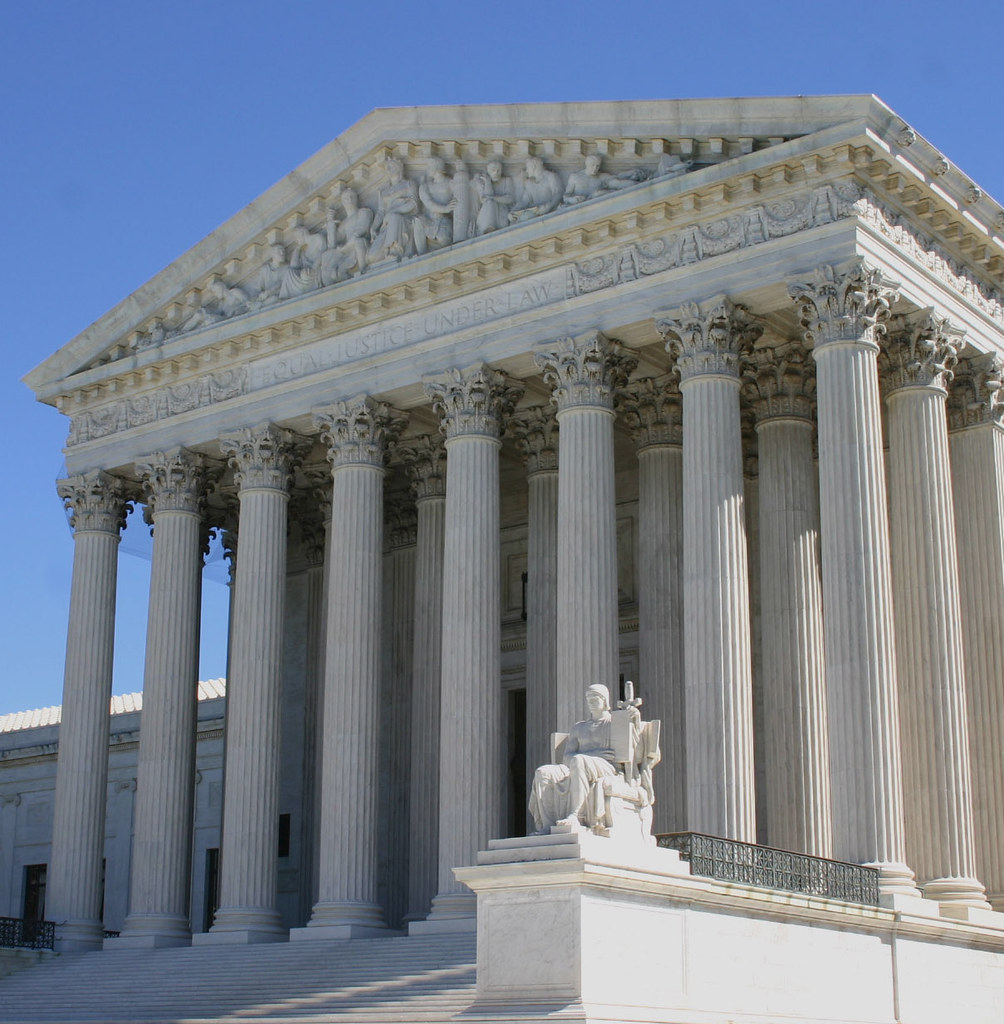Photo of Dorothy Day
From the beginning, The Catholic Worker was hostile to militarism. Early editions attacked the international arms race and criticized such related phenomena as German anti-Semitism. In October 1933, Dorothy Day announced that Catholic Workers, as “representatives of Catholic pacifism,” would attend a meeting of the communist-linked Congress Against War, and this spark, it has been suggested, ignited a meaningful Catholic pacifism in America. There were many other such sparks within the pages of Day’s newspaper, which increasingly reflected her view that war was a forbidden abomination.
In October 1934, an unsigned article, “The Mystical Body of Christ,” probably by Day herself, asserted that humans are all part of Christ and that war is a disease that weakens this collective body. In 1935, the paper condemned the use of poison gas in war and talked about conscientious objection. In March of that year, The Catholic Worker published a curious little article by a radical priest named Paul Hanley Furfey entitled “Christ and the Patriot,” which took the form of a dialogue between Jesus and a nationalist defender of a just war. Again and again, Jesus repeats, in different ways, that we must turn the other cheek and resist violence. “Publication of the dialogue,” says Day biographer Jim Forest, “is the first clear indication in The Catholic Worker of Dorothy’s conviction that following Jesus required the renunciation of hatred and killing.”
In May of 1936, on its third birthday, the newspaper came right out with it, publishing a dramatic editorial by Day called “Pacifism” that began: “The Catholic Worker is sincerely a pacifist paper.” It takes heroism to be a pacifist, Day asserted, and those who would tread that road should study and prepare. “A pacifist even now,” she wrote, “must be prepared for the opposition of the next mob who thinks violence is bravery.” The editorial reflects Day’s evolution; like her radical friends, she opposed the Great War because she imagined it was nothing more than a struggle over profits—or a scam to create them. Now, as a Catholic since 1926, her objections to war were religious: “My absolute pacifism stems purely from the gospel.” It takes heroism to be a pacifist.
The early church’s pacifism long past, Catholic theologians over the centuries developed a doctrine of “just war” to provide a moral and intellectual framework, in the light of the Gospel, for when Catholics should fight. St. Augustine, for example, recognized that war was horrible but sometimes necessary and “justified only by the injustice of the aggressor.” Thomas Aquinas laid out three criteria for a just war: it has to be waged by a legitimate authority, the cause must be just, and it must be fought with the right intentions (to advance good and prevent evil).
The Catholic conception of the just war has evolved since then and is expressed in the Catechism, which lays out four conditions:
— the damage inflicted by the aggressor on the nation or community of nations must be lasting, grave, and certain;
— all other means of putting an end to it must have been shown to be impractical or ineffective;
— there must be serious prospects of success;
— the use of arms must not produce evils and disorders graver than the evil to be eliminated. The power of modern means of destruction weighs very heavily in evaluating this condition.
The Catechism goes on to say that authorities “have the right and duty to impose on citizens the obligations necessary for national defense” but should also “make equitable provision for those who for reasons of conscience refuse to bear arms; these are nonetheless obliged to serve the human community in some other way.” Nor does war mean anything goes; civilians and prisoners should be respected, and “the indiscriminate destruction of whole cities or vast areas with their inhabitants is a crime against God and man.” In addition, “the legitimate defense of persons and societies is not an exception to the prohibition against the murder of the innocent.”
Day and her newspaper departed radically from this ancient and pragmatic tradition. In the years leading up to the Second World War, they developed nothing less than a theology of Catholic pacifism. It’s noteworthy that in the Great War, there were only four Catholics among the nation’s four-thousand-some-odd conscientious objectors. It was in the pages of Dorothy Day’s newspaper that pacifism in America became Catholic. Furfey, for example, “urged abandonment of the ‘Constantinian compromise’ with the war-making state and a return to the eschatological pacifist vision of the early saints and church fathers.” Other writers tackled the problem as well, some with scholastic logic and others in more accessible terms, as with stories about saints who bucked the state in the cause of non-violence. Saint Telemachus is said to have been stoned to death around 400 c.e. by spectators when he interrupted a fight to the death between Roman gladiators; his martyrdom is supposed to have contributed to the end of gladiatorial combat. Thus were theory and metaphor recruited in support of action. “The long, dogged insistence,” wrote Dwight Macdonald, “of the Workers on practicing what other Christians preach has been a major factor in radicalizing many American Catholics.”
In April 1934, The Catholic Worker carried a favorable review of a book called The Church and War, in which a German Dominican named Franziskus Stratmann (later jailed and exiled under Hitler) argued that modern war couldn’t meet the church’s “just war” standard. Day and other writers for the newspaper used and expanded on this argument over the years, contending that the horrors of modern combat (exemplified in the massive killing of the Great War) meant that wars could no longer meet the church’s definition of “just.” Some people even called themselves “just war pacifists.” In December 1936, Day wrote: “The Catholic Worker does not condemn any and all war, but believes the conditions necessary for a ‘just war’ will not be fulfilled today.”
















